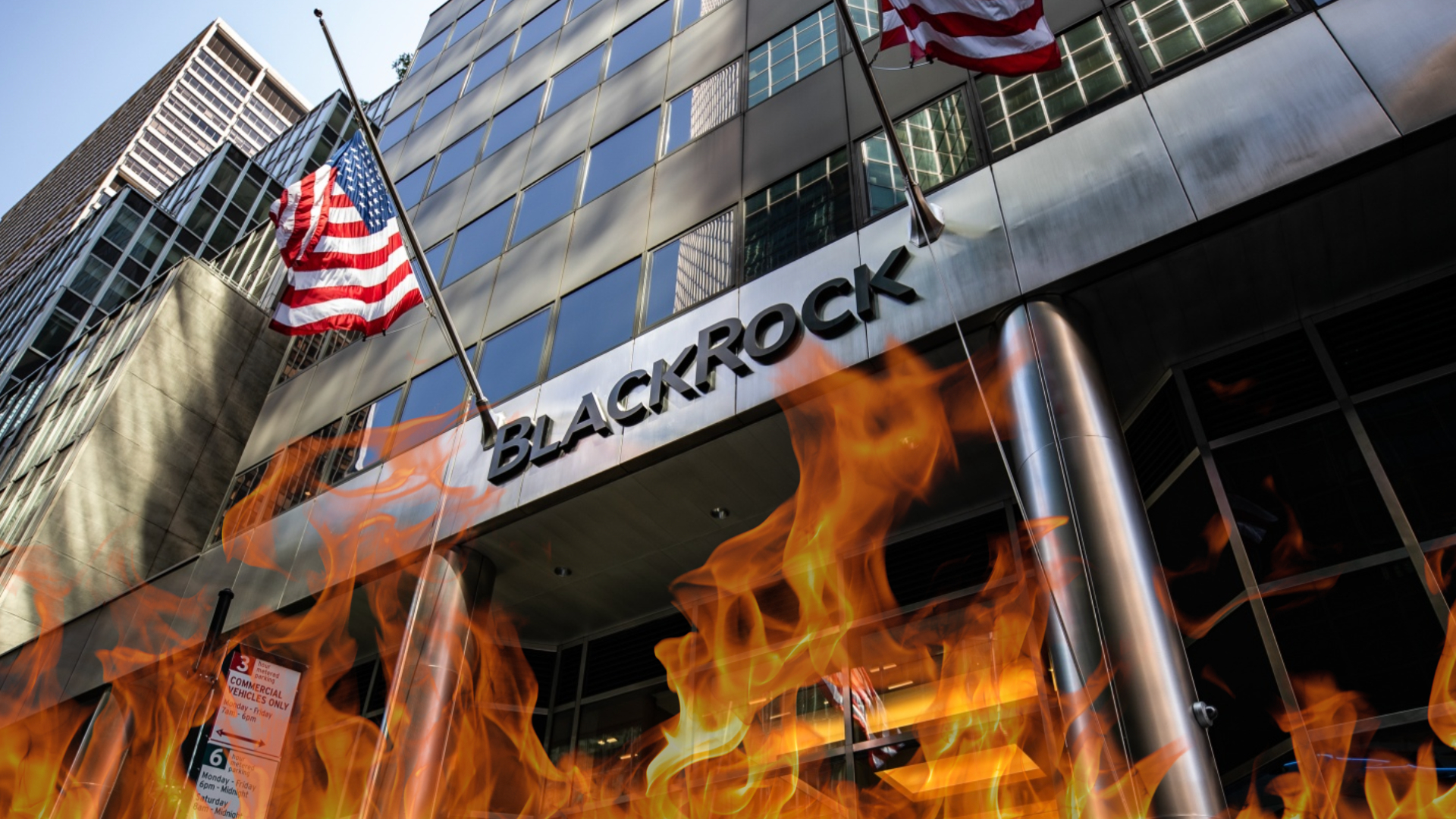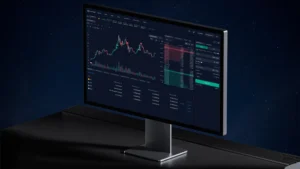Unless you’ve been living under a rock, you’ll know that the last six months have been extremely tumultuous for the financial markets. The bull market of the pandemic is well and truly over. Inflation is rife and a recession is threatening, with the correction being felt by everyone from your local milkbar to the investment firm BlackRock, which has confirmed US$1.7 trillion (AU$2.46 trillion) lost in the first half of 2022.
As the largest asset manager in the world, BlackRock Inc. has enjoyed tremendous success over the years, being the first firm to count US$10 trillion under management (in Q4 2021) and even being tasked with helping the US Government resolve the fallout from the 2008 Global Financial Crisis. However, no one has been able to completely escape the carnage the markets have seen over the last six months, which has decimated everything from crypto and NFTs to Tesla and Amazon.
Today, BlackRock’s assets under management have fallen 11% when compared to last year, counting US$8.49 trillion (AU$12.3 trillion) all up, which has seen the firm pull back on hiring. When compared to 2021, BlackRock’s adjusted profit is down from US$1.61 billion and US$10.45 per share (AU$1.61 billion and AU$15.14), to a 2022 low of US$1.12 billion and $7.36 per share (AU$1.6 billion and AU$10.66 per share).
RELATED: The World’s 500 Richest People Have Lost Over $2 Trillion This Year
“Investors are simultaneously navigating high inflation, rising rates and the worst start to the year for both stocks and bonds in half a century,” said Chairman and CEO Larry Fink said on his earnings call last week.
In response to this market turmoil, retail investors pulled around US$10 billion out of BlackRock in the last quarter, which marked the first time the firm has seen such a drop since early 2020.
“Now an inverted yield curve has made cash not just a safe place, but now also a more profitable place for investors,” explained Fink.
While BlackRock is taking steps to tighten its belt for the ongoing market headwinds, it was still able to attract US$89.6 billion of inflowing investment from its clients. With the market outlook remaining pessimistic, only time will tell when we find the market bottom and how much further the drop will go.











![Are You Still Watching Soon You Won't Have A Choice [Netflix x Warner Bros]](https://www.bosshunting.com.au/wp-content/uploads/2025/12/Are-You-Still-Watching-Soon-You-Wont-Have-A-Choice-Netflix-x-Warner-Bros-300x169.jpg)
![This Ex-Ballerina Just Became The Youngest Self-Made Female Billionaire [Kalshi Luana Lopes Lara Net Worth]](https://www.bosshunting.com.au/wp-content/uploads/2025/12/This-Ex-Ballerina-Just-Became-The-Youngest-Self-Made-Female-Billionaire-300x169.jpg)



